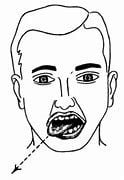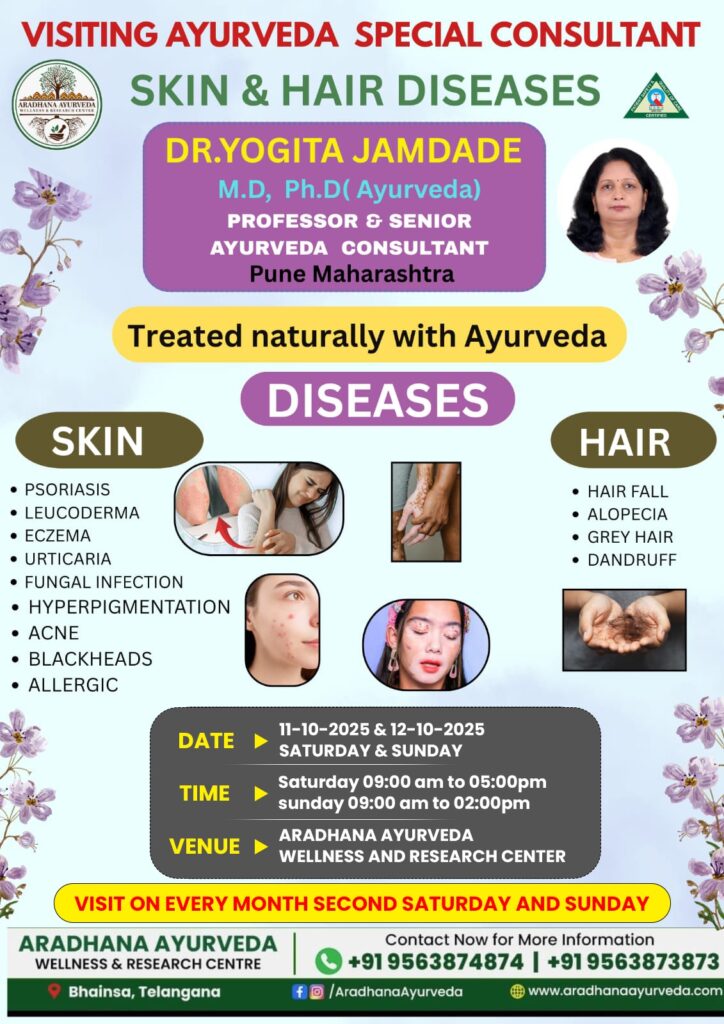Gyanendriyas are considered a part of the sensory system and Karmendriyas are considered a part of the motor system. The Manas is supposed to control and guide both, Gyanendriyas and Karmendriyas.
The cardinal features of Pakshaghata include Chestahani (impaired motor activity), Ruja (pain), Vakstambha (slurring of speech), and Hasta PadaSamkocha. Sandhi Bandhavimoksha (weakness of joints) Vaktravakratha (mouth deviation), Sphoorana of Jihva (fasciculation of the tongue) may also be associated in some.
Paralysis according to ayurvedic science, occurs when the vatadosha is aggravating the brain ,strenuous exercise ,continuous exposure to stress, sleeplessness or obstruction of the channel present in brain lead to aggravation of vatadosha . Aggravated vatadosha can dry up the nerves with adverse effect on the body.
THE FIRST STEP to recognize the Signs and Symptoms for Stroke Paralysis and taking quick action may save a life.
- Sudden unresponsiveness or weakness, especially on one side of the body
- Trouble in speaking or difficulty understanding speech.
- Trouble in seeing in one or both eyes.
- Difficulty in walking, dizziness, loss of balance, or lack of coordination.
How Aradhana Ayurveda treats the Pakshaghata:
PANCHAKARMA THERAPIES (CLEANSING THERAPY) – Massage treatments include Shirodhara, Shirobasti etc with symptom specific Medicated oils to increase the blood circulation also to strengthen the muscles and nerves
Virechana – To increase metabolism, to relieve constipations, to improve functioning of nerves in affected area
Basti – helps in nourishing, strengthening, and also stabilizing the overall functions of the body functioning and this treatment takes a major role in healing the stroke patient if they approach within 3 months of the paralytic attack.
Above said treatments are common in practice, but the duration, dosage and other specific treatments depends on clinical findings and response to the therapy.
For more information, Follow us at Aradhana Ayurveda


